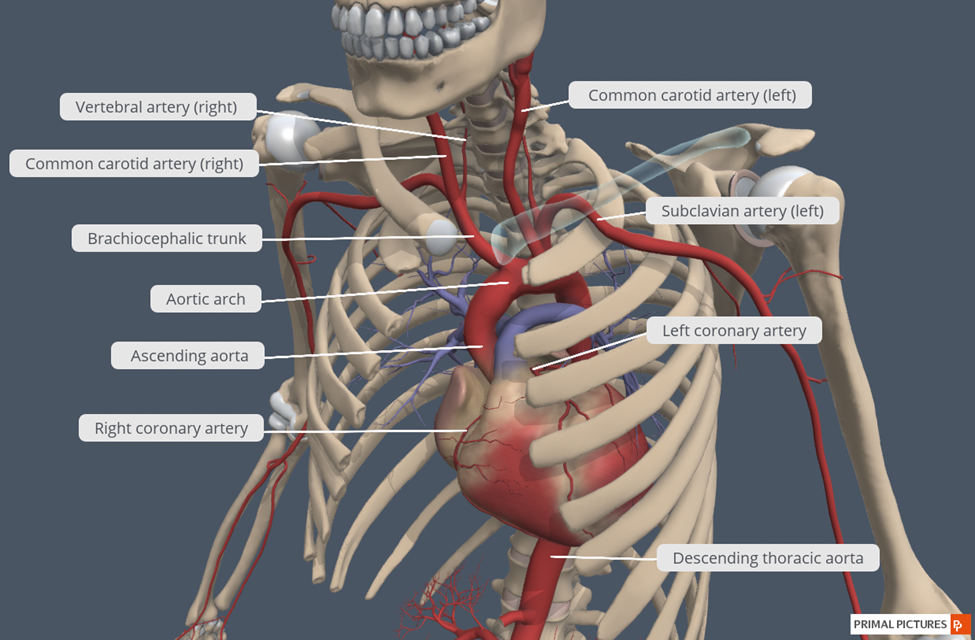Book Art
 |
| I took this photo in December 2020 at my local library of book art they had done for the holidays. Picture is an old hardback book with pages folded to create an angel dress with strips of pages to use as hair on a plastic ball painted with a face to be the head, and pipe cleaners as hands. |
Makerspaces is an interesting
topic and can be hard for small schools to implement. The space and money can
be a big hurdle and finding something the kids want to do within those two
constraints is a challenge. After viewing the YouTube video lecture from this
week’s module, I really appreciated the free, low cost options. I wanted something low tech and easy to start so that I would be able to gauge the students’
interest which is the best way to start a makerspace process when a school is starting from scratch in this area. My mind was searching for an idea to fit a high or middle school library and the one idea that really stuck with me was the
book art, which was presented in the lecture showing a book written by Clare Youngs. I looked to Amazon and found a copy of the book, Book Art by Clare Youngs and another book by the
same author called Folded Book Art, the cost for both books would be under $40.00 new
or less if you buy the books used. I wanted to find a blog that talked about
having a book art space in the library and I found the blog Renovated Learning and the post How to Run a Recycled Book Art Workshop. It also included other book sources that can get your space started. I liked that this does not need a dedicated space because all the needed supplies could be stored in bins and set up using an existing table and chairs in the library. The start up costs were at a minimum too.
The students can use these resource books for ideas and
instructions, but also find ideas on their own via Pinterest or other web sites. In
the article by Kristin Fontichiaro "What I have Learned from 7 Years of the Maker Movement," students
love to take something home. When doing Book Art there is a tangible item when
they are finished that is theirs to keep. It could also be displayed in the
library, a picture of it could be posted to the library’s Instagram account, or
even included in the school’s weekly newsletter. You could also involve the art
teacher at your school if they wanted to incorporate it in any lesson. If this book
art is a successful activity for the students, there are other activities that use these “vintage”
books including black out poetry, students could redesign a book cover once they have read a book, or make book spine poetry. With the book spine poetry, the student or librarian could take a picture and post it to the library's Instagram with a caption asking other students to interrupt poem or make their own and post with
a particular hashtag. All of these ideas require very low funds, but loads of
creativity, and can be displayed around the library, school, and social media.
I enjoyed the readings (this is a great resource) about how to start small as it is
tempting to jump in big with lots of ideas on makerspaces, but feeling out what
the students want is the key to making it work. Also constantly revaluating a
makerspace to make sure it is still being used or to switch out to something
else keeps it fresh for the students. Once you determine that a makerspace is
something your library would benefit from and use, the possibilities are
endless.
And for a laugh...here is a picture of my attempt to recreate the "book angel" seen above. :)
 |
| Picture of hardback book with book pages folded to make body of angel, moss for hair, and a plastic ball with a face on it to represent the head of the angel. |








